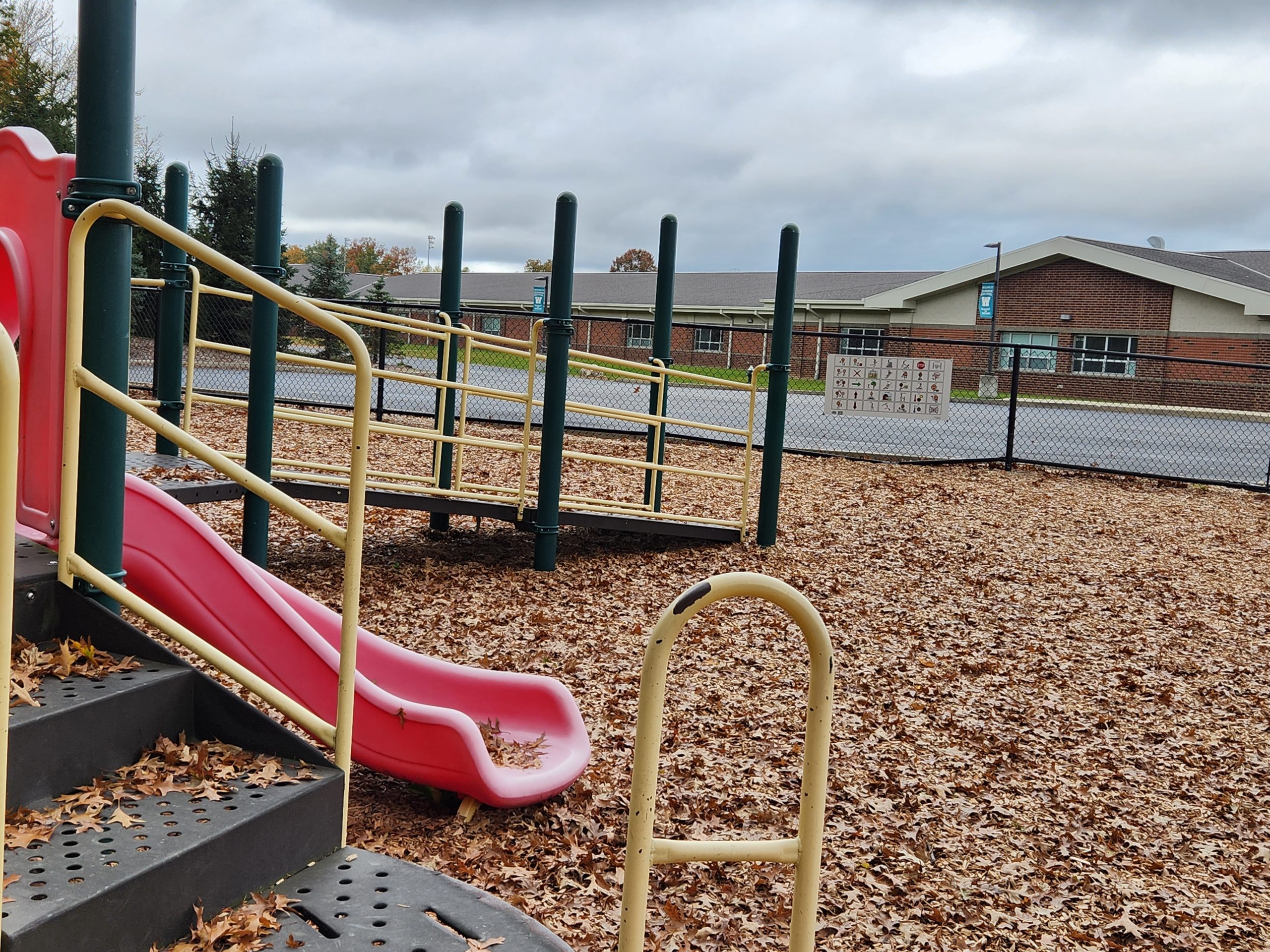What happens when a child faces an emergency on aplayground —like getting hurt or feeling lost—and struggles to communicate their needs? This is where playground communication boards become an essential tool for inclusion and safety.
Continue readingCelebrating Thanksgiving: 12 Tips to Support Children with Special Needs
For families with a child on the special needs, celebrating Thanksgiving may require some thoughtful preparation to ensure a comfortable and enjoyable experience. Here are some tips to help you prepare for a meaningful holiday celebration.
Continue readingHow to Boost Community Engagement and Usage:Playground Communication Boards
Playground communication boards are a wonderful addition to parks and recreation spaces. Eplore why playground communication boards may be underutilized, and some ideas on how to make these boards an integrated part of playground experiences.
Continue readingPrivate Speech Therapy: What You Need to Know
This guide is here to help you understand what happens in speech therapy, how therapists work toward your child’s goals, and ways to feel more engaged and connected along the way.
Continue readingEmotional Balance Boards: How to Navigate for Parent Concerns
Explore three common concerns related to the use of emotional balance communication boards: frustration with limited understanding from individuals working with the child, the desire for easier, more intuitive boards, and the worry that your child won’t use the board effectively.
Continue readingHow to Advocate for Playground Communication: Frustration to Success
Explore some common frustrations, desires, and fears surrounding the issue of advocating for communication boards in playgrounds, and how you can stay hopeful and connected as an advocate for your child and your community.
Continue readingHow to Navigate Progress in Speech Therapy: A Parent’s Guide
We’ll explore some common frustrations, desires, and fears families experience around speech therapy and provide some encouragement for the journey.
Continue readingWhy Communication Boards Are Ideal For Playgrounds : What You Need To Know
One tool that stands out in its versatility and practicality is the static communication board. When it comes to inclusive play areas like playgrounds and pools, static communication boards are not only effective, but they also offer unmatched ease of use, durability and accessibility.
Continue readingEagle or Gold Award Candidates:How to Give Everyone a Voice
For young leaders seeking to make a lasting impact through their Eagle Scouts or Girl Scout Gold Award projects, installing playground communication boards is not only a meaningful endeavor but one that can profoundly change the lives of children and families in their communities.
Continue readingHow to Survive After School Routines: A Guide for Parents
The after-school hours are a crucial time for reinforcing what your child has learned in school, but they’re also an opportunity for growth in other areas. We’ll share some practical tips to help you and your child navigate these busy hours.
Continue reading










